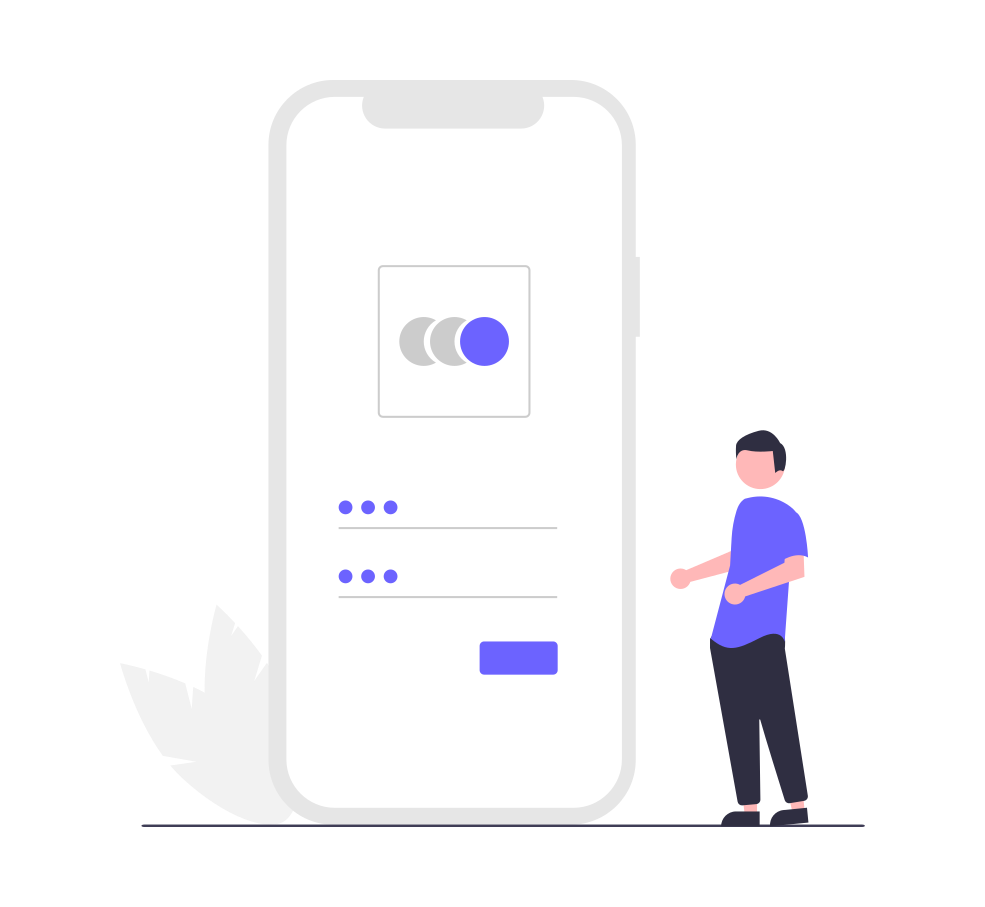
What is a Blockchain?
A blockchain is a particular kind of shared database that varies from otherdatabases in that it saves data in blocks that are subsequently connected viacryptography. A new block is created as each new piece of data arrives. Thedata is chained together in chronological sequence once the block has beenfilled with information and is attached to the block before it. Although otherkinds of information can be maintained on a blockchain, a transaction ledgerhas so far been its most popular use.
How Does a Blockchain Work?
Blockchainaims to make it possible to share and record digital information withoutediting it. A blockchain serves as the basis for immutable ledgers, or recordsof transactions that cannot be changed, removed, or destroyed. Blockchains arealso referred to as distributed ledger technologies because of this (DLT).
Theblockchain idea was first put forth as a research project in 1991, long beforeBitcoin became a widely used application in 2009. Since then, the introductionof numerous cryptocurrencies, decentralized finance (DeFi) applications,non-fungible tokens (NFTs), and smart contracts has led to an explosive growthin the use of blockchains.
Is Blockchain Safe?
Decentralizedsecurity and trust are made possible by blockchain technology in a number ofways. To start, new blocks are always chronologically and linearly stored. Inother words, they are constantly added to the blockchain's "end." Itis very difficult to go back and change the contents of a block once it hasbeen added to the blockchain unless a majority of the network has agreed to doso. This is due to the fact that each block has its own hash, as well as thehash of the block that came before it and after mentioned date. A mathematicalfunction that converts digital information into a string of numbers and lettersproduces hash codes. if the data is changed in any way, then the hash code alsochanges.
Imaginea hacker who also manages a node on a blockchain network wants to change ablockchain and take everyone else's cryptocurrency. If they changed their owncopy, it wouldn't match the copies made by everyone else. When everyonecompares their copies to one another, they will notice that this one copystands out, and the hacker's version of the chain will be rejected asfraudulent.
Forsuch a hack to be successful, the hacker would need to simultaneously possessand change at least 51 percent of the blockchain copies, making their modifiedcopy the majority copy and, thus, the chain that has been agreed upon. The requirementto rewrite every block because their timestamps and hash codes had changedwould make such an attack extremely expensive and resource intensive.
Thecost to pull off such a feat would undoubtedly be impossible because of how bigand quickly cryptocurrency networks are expanding. In addition to being veryexpensive, this would probably be useless. As network participants wouldobserve such significant changes to the blockchain, doing such a thing wouldnot go unnoticed. The network's users would then abruptly switch to anunaffected version of the chain. As a result, the token version that wasattacked would lose value, rendering the attack useless because the maliciousparty would then be in control of a worthless asset. The same thing wouldhappen if the malicious party targeted Bitcoin's most recent fork. As a result,participating in the network is much more economically advantageous thanassaulting it.
Blockchains: How Are They Used?
Aswe now understand, blocks on the blockchain of Bitcoin store information aboutmonetary transactions. More than 10,000 additional cryptocurrency systems arecurrently active on the blockchain. However, it transpires that using ablockchain to store information about other kinds of transactions is also asecure method.
Walmart,Pfizer, AIG, Siemens, Unilever, and numerous more businesses are just a fewthat have already adopted blockchain technology. For instance, IBM developedthe Food Trust blockchain to track food goods' routes to their destinations.
Forthe food industry, brands may follow a food product's journey using blockchain,from its origin through each stage along the way to its delivery. Foodcontamination can be tracked back through all the stops until it reaches itsoriginal location. Additionally, because these businesses can now seeeverything else, they may have come into contact with, problems can beidentified far earlier, potentially saving lives. Although there are other moreways to implement blockchain, this is only one example.






